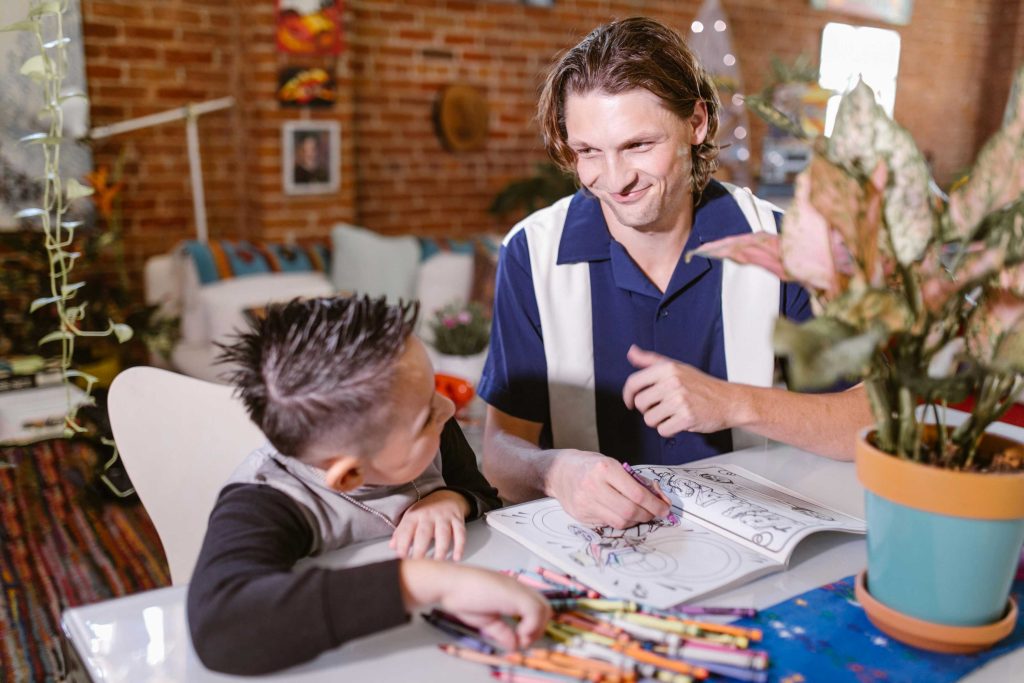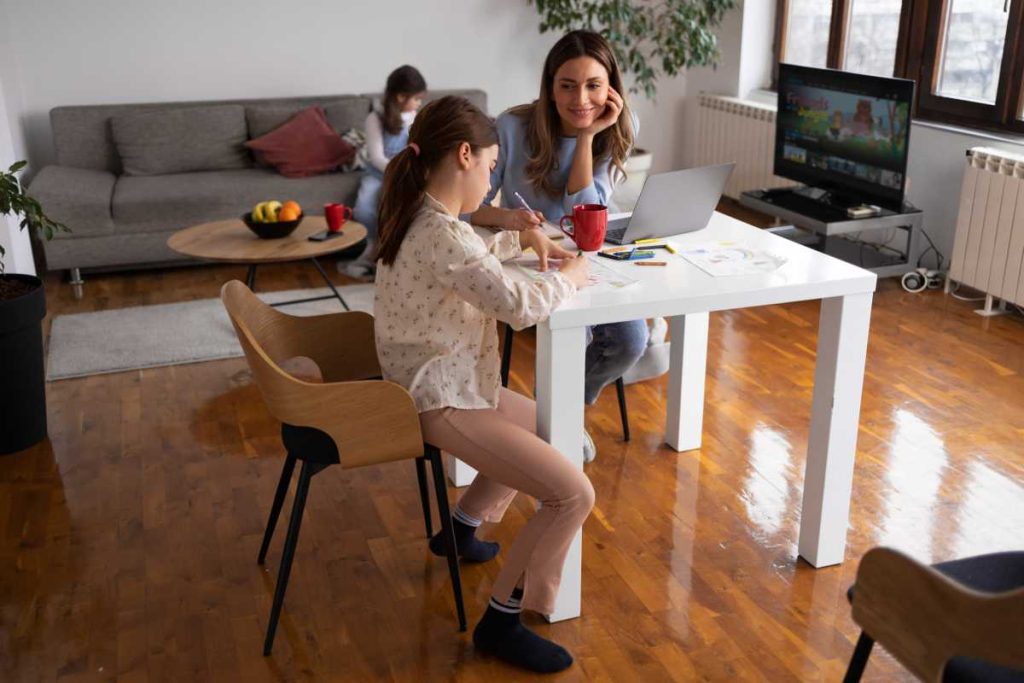Parenting can be tough, especially when it feels like your child isn’t listening to you. Whether you’re asking them to pick up their toys, do their homework, or simply communicate about their day, it can be frustrating when your words seem to fall on deaf ears. But don’t worry! Improving communication with your child is possible, and it all starts with understanding how to connect with them in a meaningful way. Here are 6 powerful parent-child communication tips that can help when your kids aren’t listening.

1. Get on Their Level—Literally and Emotionally
One of the reasons kids may not listen is that they feel disconnected from their parents. To improve communication, try to get on their level—both physically and emotionally.
- What to do: Instead of yelling from across the room or standing over them, kneel down to their eye level when speaking to them. This makes you less intimidating and helps them feel more engaged.
- Emotional connection: Empathize with how they feel before making requests. For example, if they’re playing and you want them to tidy up, acknowledge that it’s hard to stop having fun: “I know you’re having a great time, but it’s almost time to clean up. Let’s do it together.”
- Why it works: When children feel emotionally connected and seen, they are more likely to listen and cooperate.
2. Use Positive Language and Offer Choices
How you phrase things can make a huge difference in how your child responds. Using positive language and giving them some control can encourage them to be more cooperative.
- What to do: Instead of giving a long list of things they can’t do, focus on what they can do. For example, instead of saying, “Stop running in the house,” try, “Please walk in the house so we don’t knock anything over.”
- Offer choices: Giving your child two acceptable options helps them feel empowered and more in control of the situation. For instance, “Would you like to clean up your toys now or in five minutes?”
- Why it works: Positive language is more inviting, and choices allow kids to feel like they have some say in their actions, reducing resistance.
3. Keep Instructions Clear and Simple
Sometimes, kids don’t listen because the instructions are too complicated or overwhelming. Break things down into small, manageable steps.
- What to do: Use short, clear instructions. Instead of saying, “Clean your room,” break it down: “First, put the books on the shelf, then put your toys in the bin.”
- One task at a time: Young children, in particular, can get overwhelmed by too many instructions at once. Giving them one task at a time can help them stay focused and successful.
- Why it works: Clear and concise instructions are easier for children to process and act on, making them more likely to listen.
4. Give Them Time to Respond

It’s easy to forget that kids, especially younger ones, need time to process what you’ve said. Expecting instant obedience can lead to frustration for both parents and kids.
- What to do: After giving a request, pause for a few seconds to give your child time to understand and react. Avoid repeating yourself too quickly, as this can feel like nagging to them.
- Be patient: If they don’t respond right away, gently remind them. Try saying, “I asked you to put away your shoes, can you do that now, please?”
- Why it works: Giving your child time to process your request helps them respond in a calmer, more thoughtful way.
5. Connect Through Play and Humor
Kids are naturally drawn to fun and playful environments. Using play and humor to connect with your child can break down resistance and make them more open to listening.
- What to do: Turn mundane tasks into a game. For example, if it’s time to clean up toys, you can challenge them by saying, “Let’s see if you can pick up all the red toys before I count to 10!”
- Use humor: Lighten the mood with a joke or playful comment. If your child is resistant to getting dressed, you might say, “Oh no! Are you going to put on the superhero shirt today? That one always gives you superpowers!”
- Why it works: When you incorporate play and humor, you shift the dynamic from confrontation to cooperation, making it easier for kids to engage with you.
6. Be a Role Model for Active Listening
Children often learn how to communicate and listen by watching how their parents do it. If you want your child to be a better listener, show them what active listening looks like.
- What to do: When your child is speaking, give them your full attention. Put down your phone or step away from distractions. Make eye contact, nod, and respond thoughtfully to show you’re engaged.
- Validate their feelings: Repeat back what they say to show you understand, such as, “It sounds like you had a tough day at school. Do you want to talk about it more?”
- Why it works: Modeling active listening teaches your child that communication is a two-way street. When they feel heard and respected, they are more likely to reciprocate and listen to you in return.
Conclusion
Improving communication with your child when they don’t seem to be listening can be challenging, but these six powerful tips can make a big difference. By connecting emotionally, using positive language, giving clear instructions, and modeling good listening habits, you create an environment where your child feels understood and respected. The result? Better communication, fewer power struggles, and a stronger parent-child bond.

